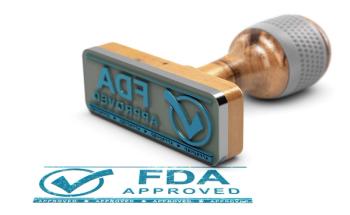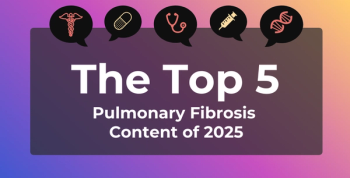
Hypofractionated Radiation Proves Effective as Prostate Cancer Therapy
New research finds that hypofractionated radiation therapy is as effective as conventional radiation for treating prostate cancer while offering more convenience for patients.
New research finds that hypofractionated radiation therapy is as effective as conventional radiation for treating prostate cancer while offering more convenience for patients.
Men with intermediate-risk prostate cancer are traditionally treated with external beam radiotherapy (RT), but in recent years hypofractionated RT has been introduced as an alternative treatment. It delivers larger doses per fraction, allowing the regimen to be completed in a shorter time. With new imaging techniques that allow RT to be precisely delivered onto the prostate gland without affecting nearby tissues, patients can receive higher doses without experiencing treatment-related toxicity.
Researchers set out to demonstrate that a hypofractionated RT regimen would have noninferior disease control outcomes to a standard RT regimen, without an increase in treatment-related toxicity. Their
Over 1200 men with intermediate-risk prostate cancer were randomized to receive either a standard regimen or a short regimen. The men receiving the standard regimen served as the control group, and received 78 Gy in 39 fractions over 7 to 8 weeks, while the men in the short regimen received hypofractionated RT as 60 Gy in 20 fractions over 4 weeks. For all participants, clinicians used daily image guidance to focus the treatment onto the target area.
The primary outcome, biochemical-clinical failure (BCF), was determined by prostate-specific antigen levels, hormonal intervention, clinical evidence of failure, or death from prostate cancer. Of the 608 patients in the short regimen group, 109 experienced a BCF, compared with 117 of 598 in the standard regimen group. For both study arms, the 5-year BCF disease-free survival rate was 85%. Together, these findings led the researchers to confirm that the hypofractionated RT regimen was noninferior to the standard regimen.
The study authors noted that low rates of excessive toxicity would be “essential for hypofractionated regimens to be adopted into standard practice.” Rates of grade 3 or higher genitourinary and gastrointestinal (GI) toxicities were low across both study groups, and the hypofractionated arm had significantly fewer grade 2 and higher late GI toxicities.
Researchers emphasized that these findings of noninferiority for hypofractionated RT could not be extrapolated to patients with high-risk cancer, as this trial included only medium-risk patients and previous trials had not supported the use of hypofractionated RT in the high-risk patients. Additionally, the current trial used a moderately hypofractionated RT regimen, so its conclusions do not apply to extreme hypofractionation regimens.
However, the study’s findings do “provide evidence to support the use of moderate hypofractionated RT in patients with intermediate-risk prostate cancer,” the researchers concluded. Regimens that are delivered over a shorter time are more convenient for patients and could therefore improve quality of life and satisfaction during cancer treatment.
Newsletter
Stay ahead of policy, cost, and value—subscribe to AJMC for expert insights at the intersection of clinical care and health economics.







































